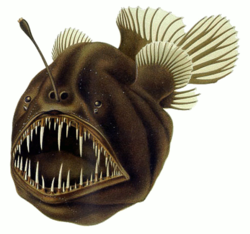S Foote. said:
Has this theoretical treatment grown any hair on the human male pattern baldness scalp yet?
Please understand....I lean more to the "non-direct effect" side....
but, questions must be answered....
there is no light without darkness....
and since no one else is asking you questions.... :whistle:
then I will!
In regards to your question...please check current clinical stage of Follica's approach. It is my understanding that the "wounding" aspect of their treatment is of central importance...however, a topical treatment is an option that, perhaps, may
help results. (wounding by a "medical device" speeds FDA approval from my understanding...please correct me if I am wrong!)
I also ran into this study:
http://www.ncbi.nlm.nih.gov/pmc/article ... =pmcentrez
This study speaks to some of the issues we are exploring.....
In this report, we address these key questions in the unperturbed in vivo confines of the normal hair cycle, as well as in response to injury. In so doing, we unearth surprising and dynamic features of the HF-SC niche and its progeny. First, we show that during anagen, the upper ORS remains slow-cycling, like their SC predecessors, while lower ORS cells cycle more rapidly. Moreover, slow-cycling ORS cells survive catagen and contribute mightily to both HG and a new bulge: in fact, they become the main source of SCs used during the next hair cycle. Lacking a DP, the initial bulge ceases to play a major role in homeostasis but can respond to injury. Finally and perhaps most surprisingly, some actively cycling lower ORS cells not only survive catagen, but also home back to the bulge. Like their upper ORS predecessors, these cells retain many HF-SC markers. However, they irreversibly lose their ability to proliferate in normal homeostasis or upon wounding. Instead, they function decisively in hair anchorage during the resting phase and in providing the quiescent signaling cues that control the hair cycle. Our findings define a point along the ORS where cells lose stemness and become irreversibly fated to differentiate or die, and illuminate how downstream SC progeny can provide negative feedback to the niche and restrict SC self-renewal and tissue formation.
Could this help explain where the "negative" growth factors, influenced by androgens "in" the follicle occur, and, how their damaging effects can influence not only the current follicle.......but the "next one" as well?
Anyway.....
what are your thoughts on the above study?
And how does your theory work with it?

